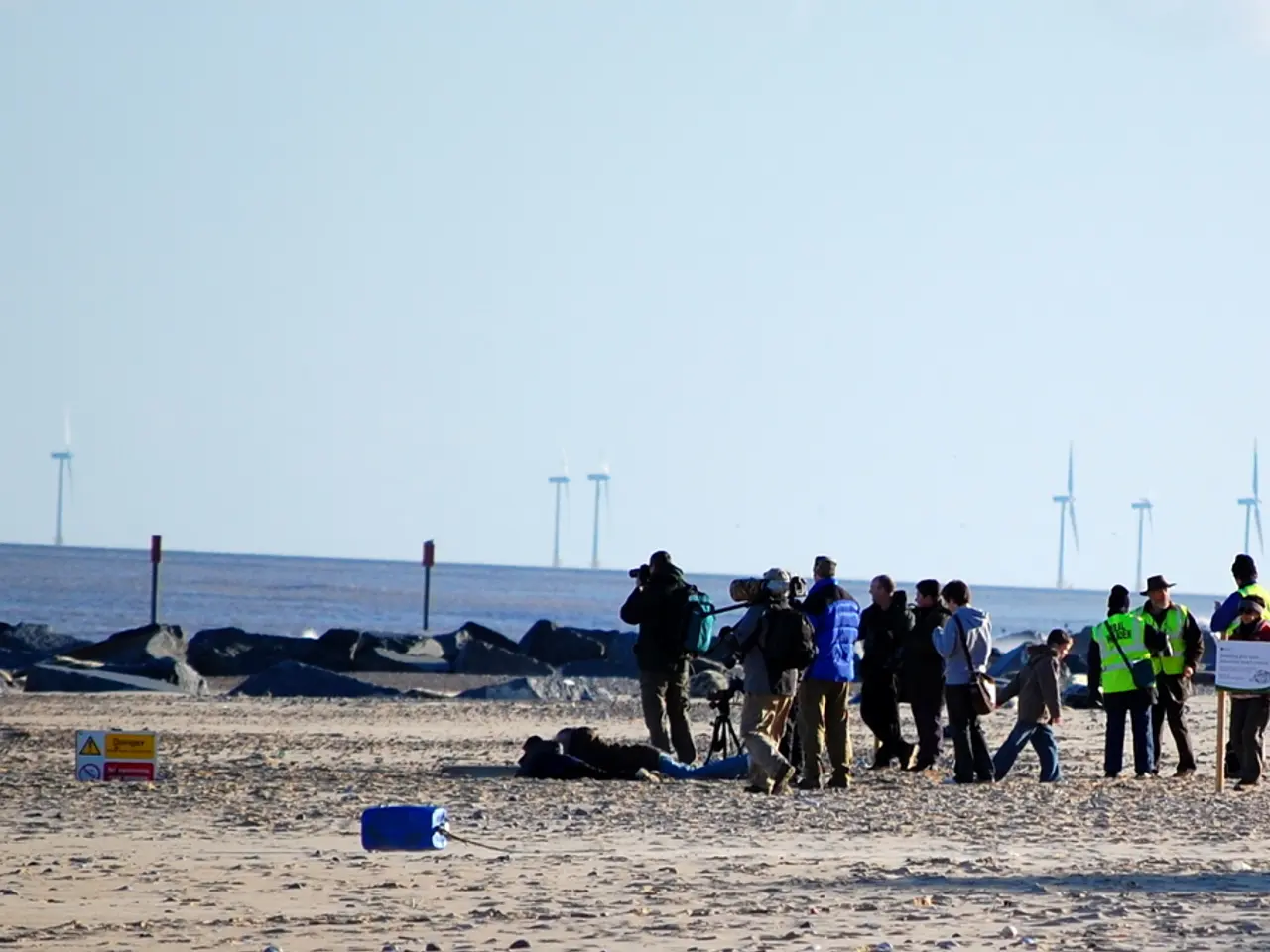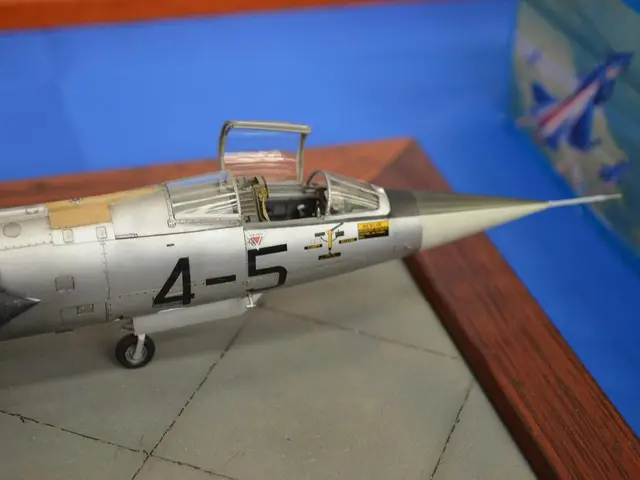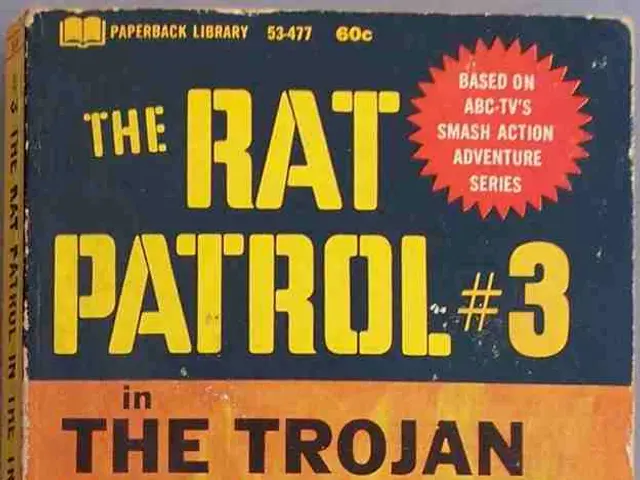Capture stunning Perseid meteor shots, even under moonlight: Tips for perfect photos from this year's showcase
In the captivating world of meteor photography, the goal is to capture the trails of these celestial bodies, with perhaps a few bright stars recorded to allow measurements to be taken. This year, with the Perseid meteor shower approaching its peak on 12 August, photographing this spectacle during a full Moon presents a unique challenge.
To tackle this challenge, point your camera away from the Moon, preferably at an altitude around 60°, to avoid overexposure from moonlight while still capturing meteors. Use a fast wide-angle lens (around 18mm focal length) mounted on a sturdy tripod. Set your camera to manual mode with a mid-range ISO (e.g., 800), and take test exposures of about 10 to 25 seconds, balancing between capturing meteor trails and minimizing star trailing.
Key techniques include automating continuous exposures with a remote shutter release or intervalometer to increase your chances of capturing meteors. Before the Moon rises (if possible), shoot longer exposures aimed at the radiant to capture brighter meteors without moonlight interference. When the Moon is up, expose for the foreground using moonlight for texture, then continue shooting the sky while adjusting exposure times to avoid overexposure caused by the bright Moon.
With moonlight brightening the sky, meteors must be bright to stand out, so shorter exposures prevent the sky from washing out, but fast lenses and mid-ISO settings help capture bright meteor trails effectively. Avoid foreground objects blocking the field of view, as a clear open sky around 60° altitude away from the Moon maximizes chances for meteor captures.
When a meteor trail bright enough to record appears, it traces a line across the camera's sensor in typically less than a second. To photograph the Perseid meteor shower during a full Moon, avoid the Moon’s direct light, use a wide and fast lens, moderate ISO, and short enough exposures to prevent overexposure or star trailing, and automate shooting for extended periods to catch unpredictable meteor streaks despite the bright moonlight conditions.
A DSLR, MILC, or equivalent camera is ideal for meteor photography, with a wide-field, fast lens recommended but relaxed considerations due to the presence of a bright Moon. Reducing exposure length is necessary due to moonlight's impact on meteor photography. Take a test shot during meteor photography and adjust exposure and ISO as needed to achieve visible stars without white areas. The Moon can be useful for getting sharp focus during meteor photography by pre-focusing at infinity.
In summary, the goal is to avoid the Moon’s direct light, use a wide and fast lens, moderate ISO, and short enough exposures to prevent overexposure or star trailing, and automate shooting for extended periods to catch unpredictable meteor streaks despite the bright moonlight conditions. Happy shooting!
Read also:
- California links 100,000 home storage batteries through its Virtual Power Plant program.
- Tech Conflict Continues: Episode AI - Rebuttal to the Tech Backlash
- Container Tracking and Sustainable Shipping: Cutting Carbon Emissions!
- Uncertainty Surrounds the Transition to Clean Energy: Public Ponders Implications and their Role in the Change








